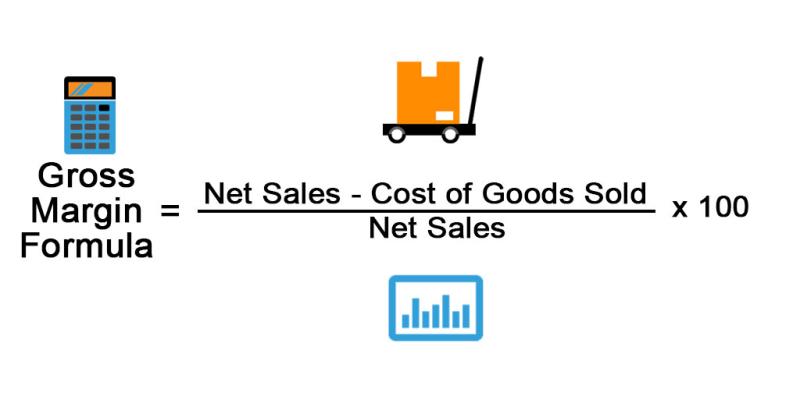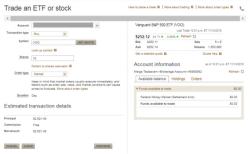What is the gross margin formula?
The gross margin formula is used to calculate the percentage of revenue that exceeds the cost of goods sold (COGS). Gross margin is a key financial metric that reflects the profitability of a company's core business activities, excluding other operating expenses. The formula for gross margin is:
In this formula:
- "Revenue" refers to the total income generated by the sale of goods or services.
- "Cost of Goods Sold (COGS)" includes all the direct costs associated with producing or purchasing the goods or services that were sold.
The result is expressed as a percentage, representing the proportion of revenue that contributes to covering other operating expenses and generating profit.
Here's a step-by-step breakdown of the gross margin formula:
Subtract the COGS from the total revenue to find the gross profit.
Divide the gross profit by the revenue.
The gross margin percentage provides insights into the efficiency of a company's production or procurement processes. A higher gross margin indicates a larger portion of revenue is retained after covering the direct costs of goods sold, which can be a positive indicator of profitability. It is commonly used in various industries, including manufacturing, retail, and services, to assess the core profitability of a business.
Can you provide the formula for calculating gross margin?
Here's the formula for calculating gross margin:
Gross Margin = (Revenue - Cost of Goods Sold) / Revenue x 100%
Breakdown of the formula:
- Revenue: The total amount of money a company earns from selling its goods or services during a specific period.
- Cost of Goods Sold (COGS): The direct costs associated with producing those goods or services, including materials, labor, and manufacturing overhead.
Steps to calculate gross margin:
- Subtract COGS from revenue: Subtract the total COGS from the total revenue generated during the period.
- Divide by revenue: Divide the result from step 1 by the total revenue.
- Multiply by 100%: Multiply the result from step 2 by 100% to express the gross margin as a percentage.
Example:
If a company has $100,000 in revenue and $60,000 in COGS, its gross margin would be:
(100,000 - 60,000) / 100,000 x 100% = 40%
This means that 40% of the company's revenue remains after covering the direct costs of production, which can be used to cover other expenses or contribute to profit.












